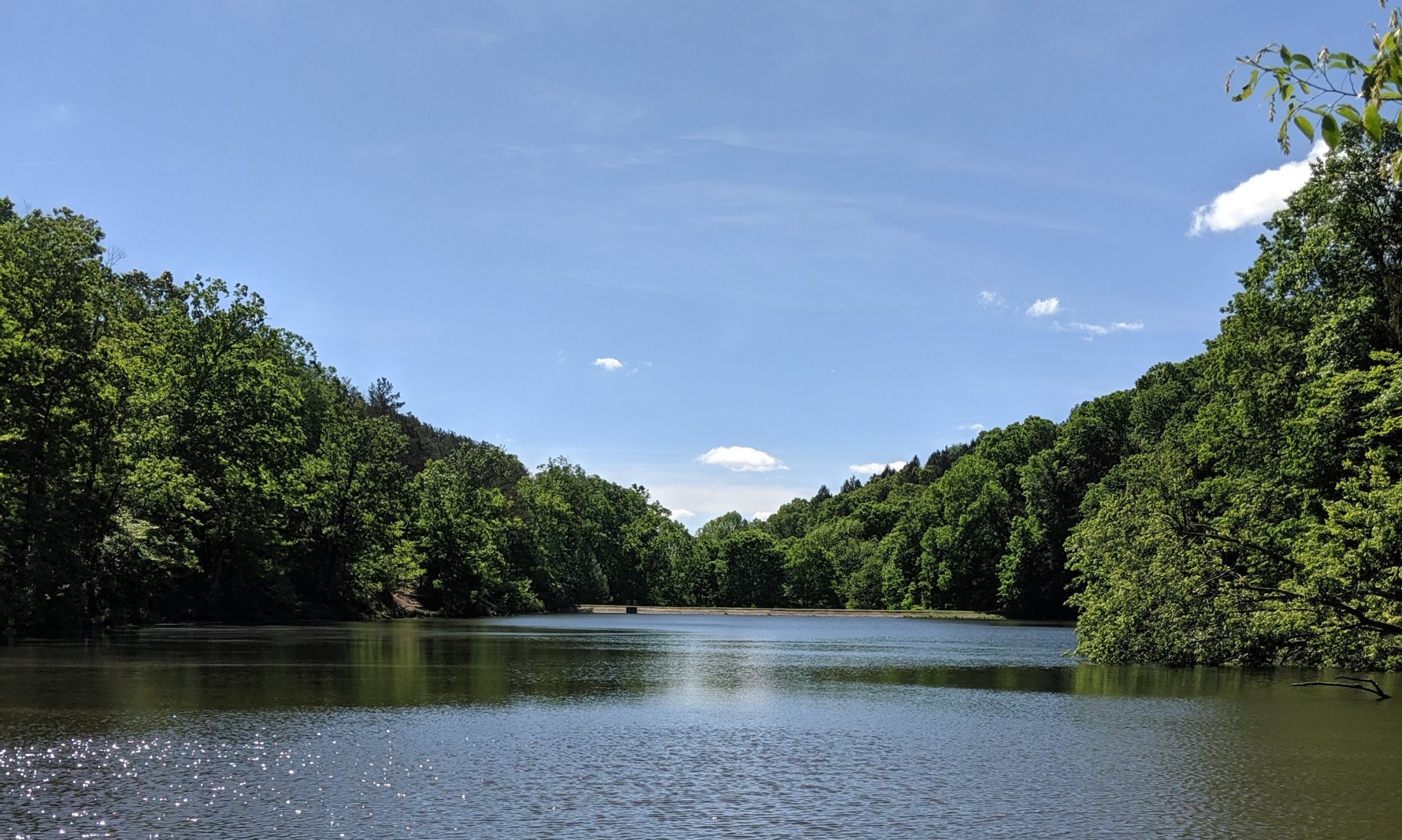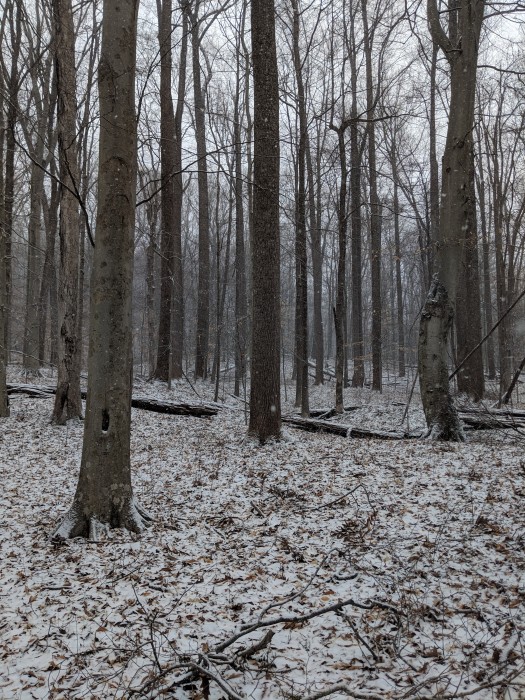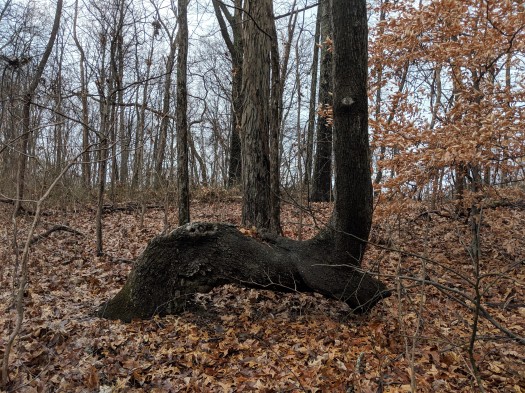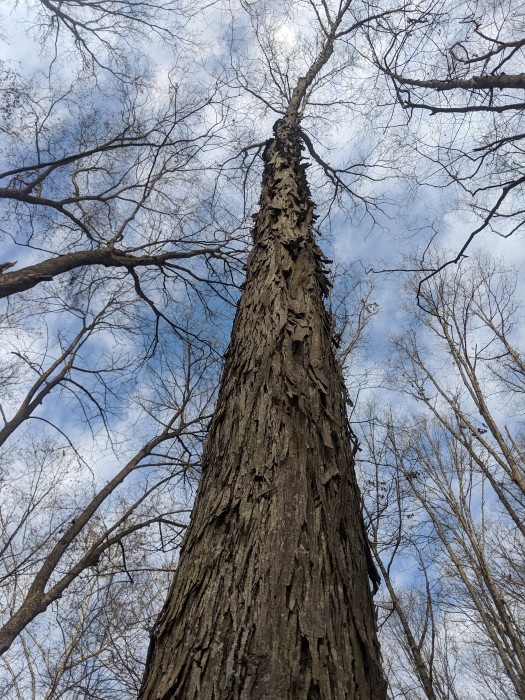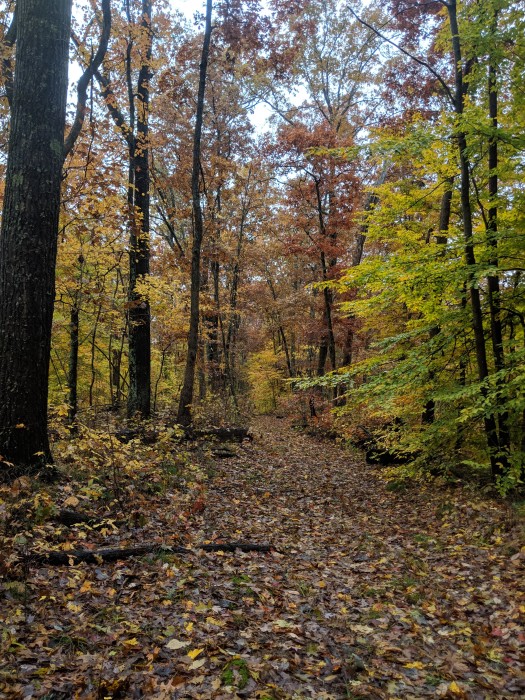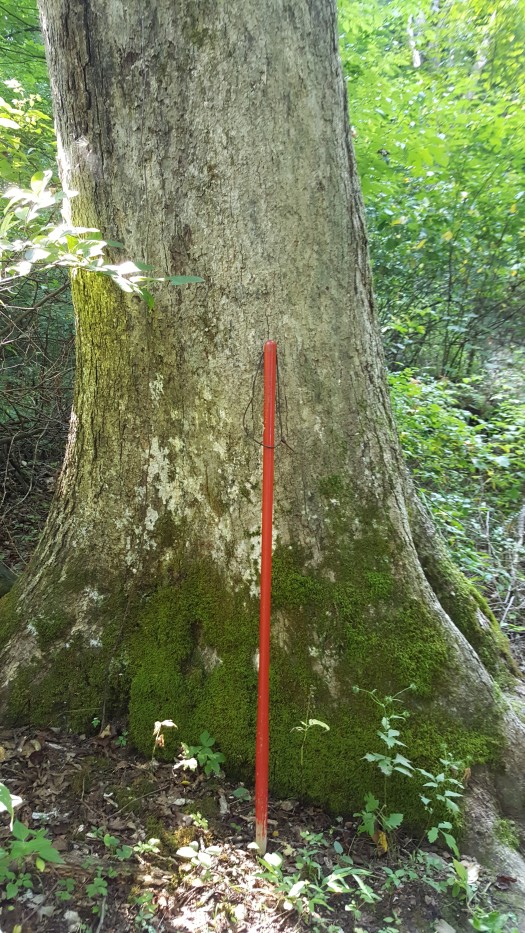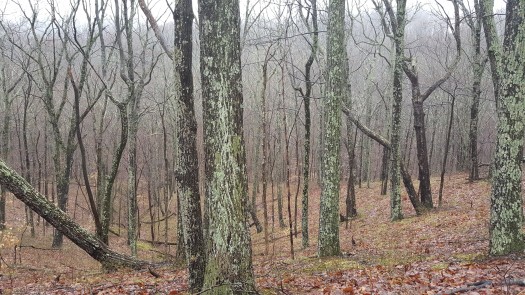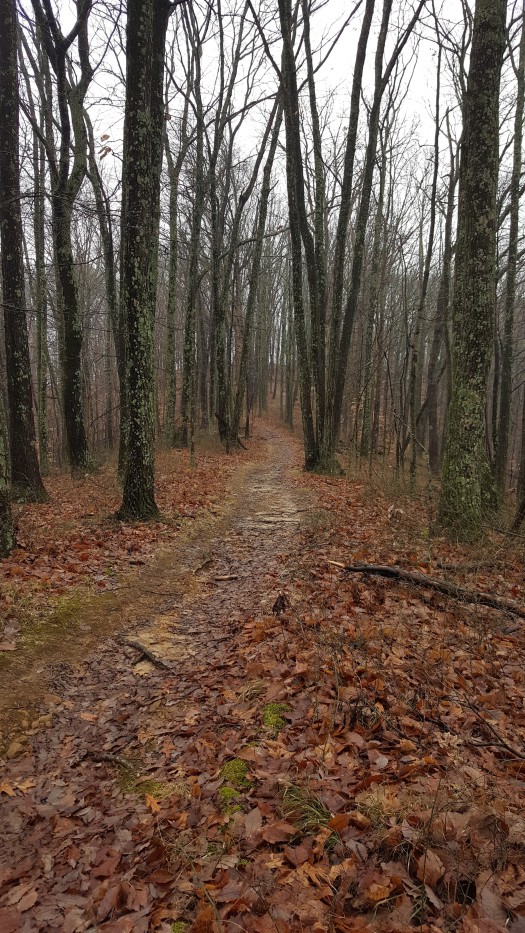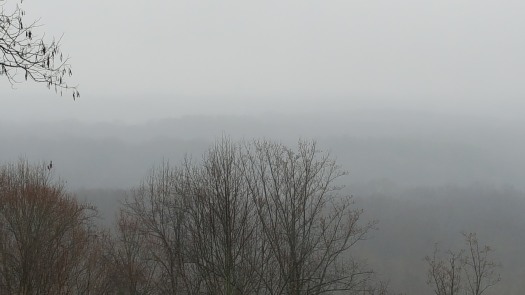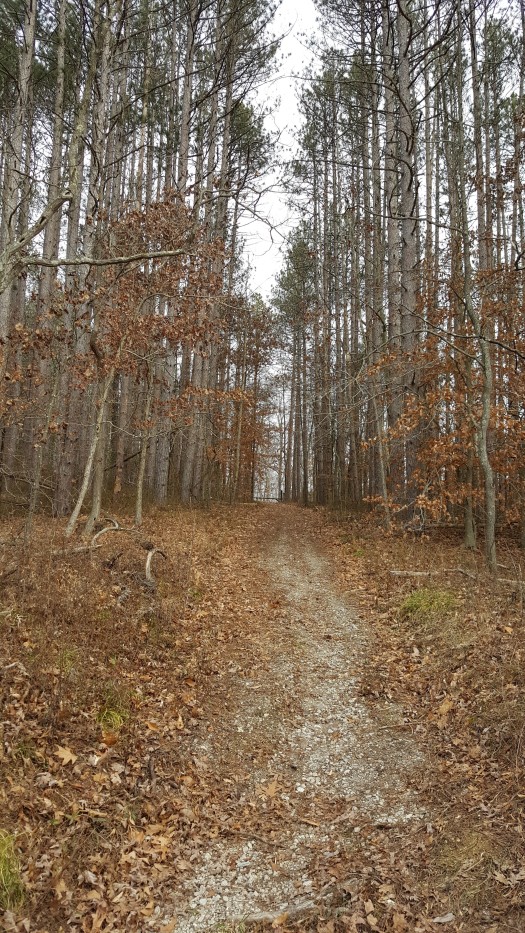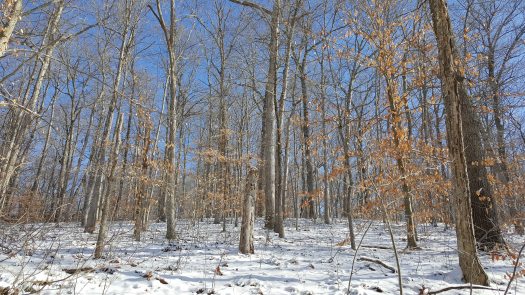“The best time to plant a tree was 20 years ago. The second best time is now.”
—Chinese Proverb
“On the last day of the world I would want to plant a tree.”—M.S. Merwin
I once knew of a man who had no trees in his yard. I never spoke with him, but was told it was because he didn’t want to rake leaves. There are nine trees in my front yard and ten in the back. I have dogwoods, cedars, sugar maples, redbud, and locust among my family of trees. I look forward to the fall when they will put on their finery and celebrate with a last dance of color before winter. Cleaning up after the autumn dance is but a small price to pay.
There are few things as enjoyable to me as a walk in the woods during each of the seasons. They remind me of Henry DavidThoreau’s observation, recorded in his Journal, “Live in each season as it passes, breathe the air, drink the drink, taste the fruit and resign yourself to the influence of the earth.” The character of each tree changes with the seasons, a reminder of the ephemeral nature of our own existence. Who cannot look at the buds of new life in spring, the full foliage of summer, the swan song of autumn, and the barren branches of winter without being reminded of our own mortality?
The economic and environmental benefits of trees are well documented and supported by science (I believe in science). A nice summary of these benefits can be found at www.treesaregood.org, the website of the International Society of Arboriculture. In this essay, I have chosen to let science speak for itself and instead reflect upon a deeper meaning of trees.
“I said to the almond tree, ‘Friend, speak to me of God,’ and the almond tree blossomed.”—Nikos Kazantzakis
Trees will be here long after I am gone, and I don’t have to leave my library to be reminded. In her book, The Oldest Living Things in the World (University of Chicago Press, 2014), Rachel Sussman provides a poignant reminder that trees were here before us and will still be here long after. There’s the 2,150 year old Giant Sequoia, General Sherman, in Kings Canyon and Sequoia National Parks; Methuselah, the Bristlecone Pine in the White Mountains of California, estimated to be 5,068 years old; or Pando, the colony of Quaking Aspen in Utah estimated to be 80,000 years old. Certainly not as significant as these, our own Eastern Red Cedar lives between one hundred and three hundred years. That cedar growing in the woods may have been here before you were born and will likely outlive you—ponder the thought. If you’re lucky enough to walk in an old growth forest, you are among giants that were here hundreds of years before you and I were born.
Trees have been a part of my life since childhood: climbing the maple in the backyard of our house on Elm Street, swinging on the “grapevine” that hung from the oak tree on my Uncle’s farm; smelling the pines on a hillside in Brown County State Park and hearing the sound of the wind in their needles. The presence of trees has enriched my life—most of the time. I do recall falling out of a tree in my youth and breaking my arm after climbing a bit too high—note to my younger self—make sure you test the strength of a limb before you put your full weight on it.
When I think of all those memories and a landscape without trees, I think of the things that I would miss:
The muffled silence of a pine woods, the fallen needles forming a soft cushion that silences each footstep. I never tire of walking through a pine woods—it is my sylvan cathedral.
“Trees are sanctuaries. Whoever knows how to speak to them, whoever knows how to listen to them, can learn the truth. They do not preach learning and precepts, they preach, undeterred by particulars, the ancient law of life.”―Hermann Hesse
A windy day and the rush of the wind through the pines—it has a distinctive sound, different from that of deciduous trees. It is the difference between a rattle and a rush of air, like the breath of God. His voice is even more pronounced in winter, after the leaves have fallen and the pines hold center stage.
Summer shade—who hasn’t sat under a tree on a hot summer day and sipped on a fresh glass of lemonade? The shade of a tree was made especially for those idle moments when you thumb your nose at time and forget the to-do list. Time spent under a tree is never wasted time.
The fall colors—I especially like the yellows and reds of the maple and sassafras.
What would a childhood be like if there were no trees to climb? I still look at a tree for its suitability for climbing. I don’t climb them much anymore, but I just can’t let the kid in me go.
A haven for the birds—each tree is a choir loft for a multitude of birds to sing their melodious songs. I especially enjoy the cardinals and wrens.
Walking through the woods in any season is like walking through the door of the most ornate cathedral. I get a lot more from being among the wood fibers than all the hammered stone in the world. You can have the Taj Mahal, I’ll take a grove of white pine anytime.
Watching the leaves flutter to the ground in the fall, taking their place in the soil that will provide for the next spring’s growth. I have always appreciated Thoreau’s observation about leaves from his essay, Autumnal Tints: “How many flutterings before they rest quietly in their graves! They that soared so loftily, how contentedly they return to dust again, and are laid low, resigned to lie and decay at the foot of the tree, and afford nourishment to new generations of their kind, as well as to flutter on high! They teach us how to die. One wonders if the time will ever come when men, with their boasted faith in immortality, will lie down as gracefully and as ripe…”
Watching the leaves blow along the ground during a late fall bluster. They tumble and roll without a care in the world.
Heralds of spring—as the buds form on their branches and the early blooms of the redbuds and dogwoods fill the late winter landscape with color I am reminded that the earth is alive and well.
“What is the purpose of the giant sequoia tree? The purpose of the giant sequoia tree is to provide shade to the tiny titmouse.”—Edward Abbey
Life just slows a bit when I am in their presence. I have never considered “tree-hugger” a pejorative term, nor the act of tree hugging something to be hidden in the closet. I can get up close and personal with a tree without violating any social distancing expectations.
The smell of decaying leaves in the fall. Each season has its own unique smells.
“I think that I shall never see a billboard lovely as a tree. Perhaps unless the billboards fall, I’ll never see a tree at all.”—Ogden Nash
Watching the leaves turn over to expose their bright underside in advance of a summer thunderstorm. Then watching the wind shake the leaves and branches as the storm unleashes its fury.
The feel of the bark of each tree—each unique as a fingerprint.
The sound of sleet hitting the leaves on the woodland floor.
The moans and creaks of hardwood trees in the wind.
The sunlight breaking through the canopy and shining its light randomly on the woodland floor, dancing like a kaleidoscope as the clouds fly by overhead.
Watching the drops fall on the leaves in a heavy rain—they shimmer and shake in a primordial dance.
No trees? Be assured that I will always enjoy the gifts that each tree provides, whether it’s in my backyard or in the woods. There’s a lesson in the trees for those who take the time to pause for a moment, open their eyes, and listen to them sing.
“To the Eyes of a Miser a Guinea is far more beautiful than the Sun, & a bag worn with the use of Money has more beautiful proportions than a Vine filled with Grapes. The tree which moves some to tears of joy is in the Eyes of others only a Green thing which stands in the way. Some see Nature all Ridicule & Deformity…& some scarce see nature at all. But to the Eyes of the Man of Imagination, Nature is Imagination itself.” – William Blake
